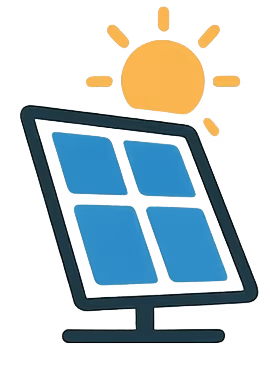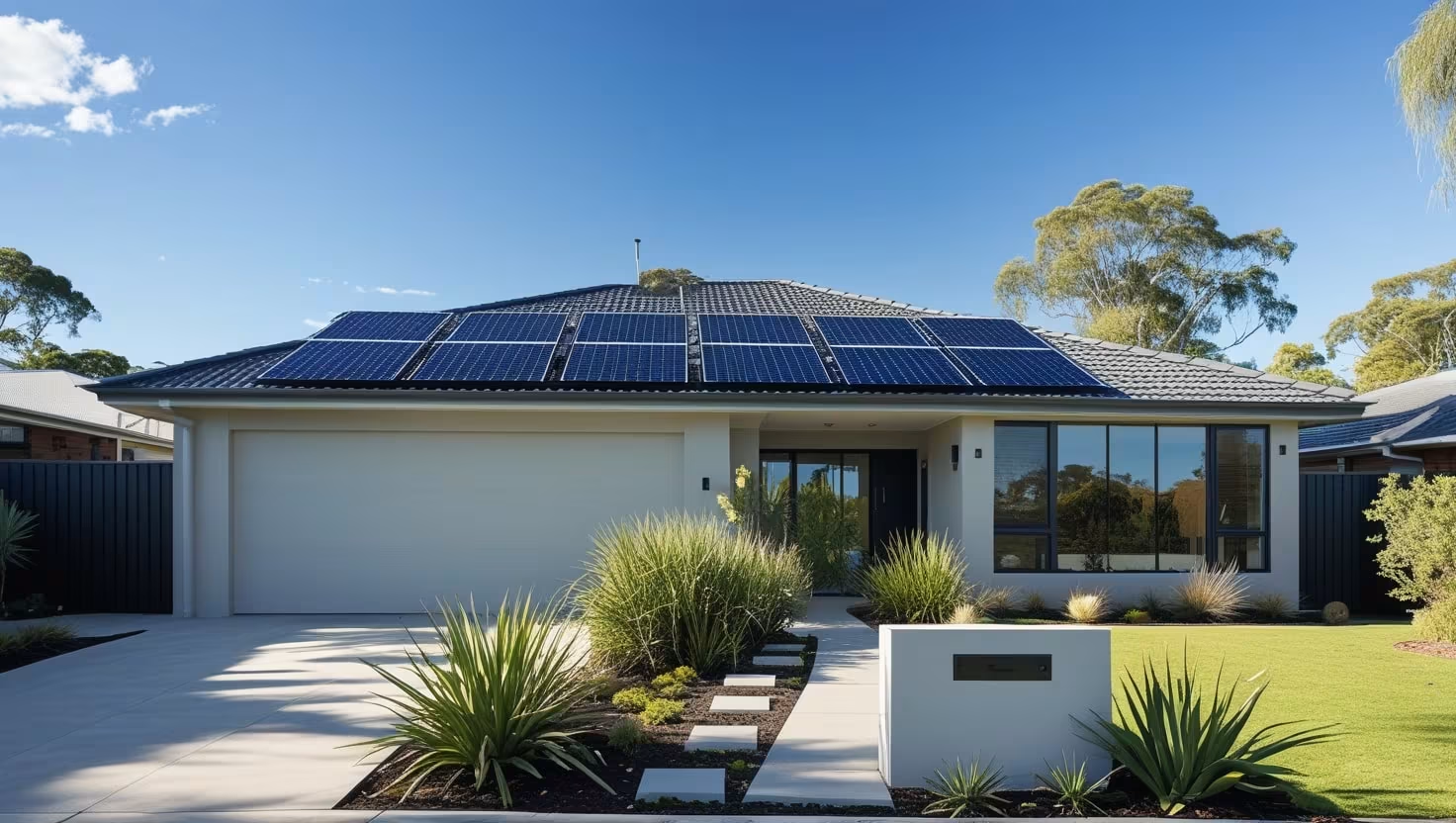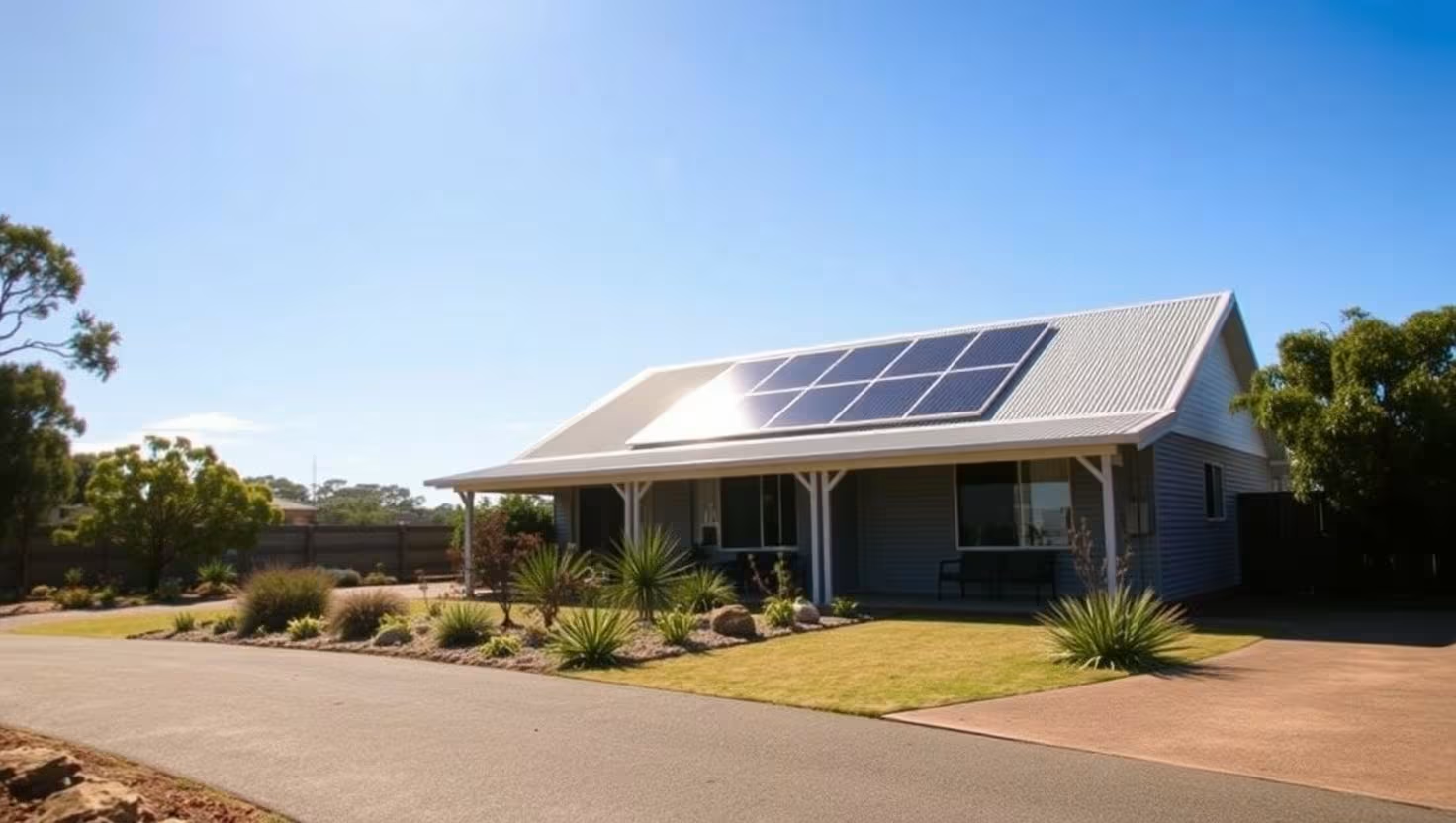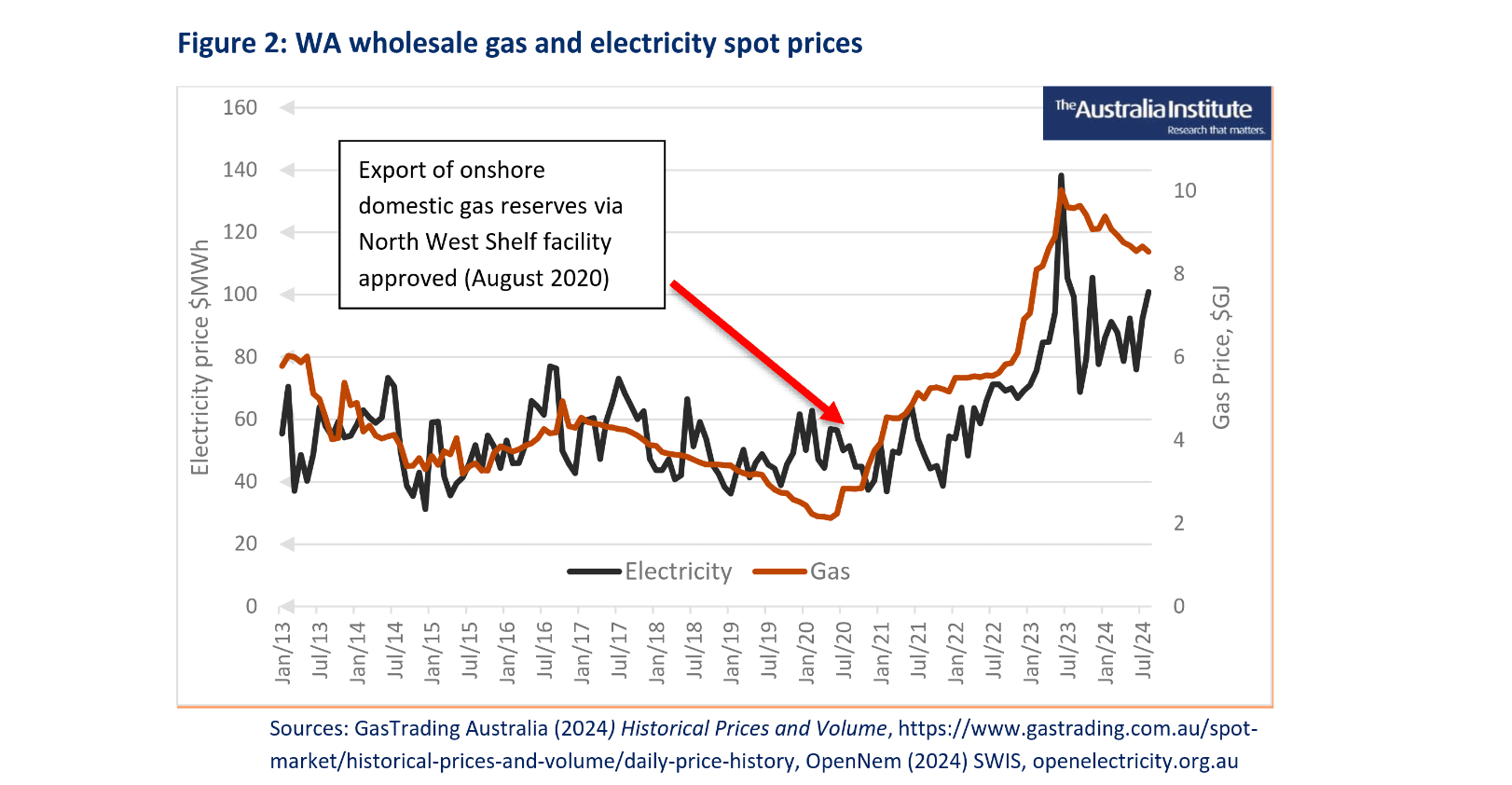Thinking about going solar in 2025? Good news — prices remain competitive, and government rebates still take thousands off your total install cost. In this quick guide, we’ll break down real-world system pricing, what affects cost, and how to claim the best value.
* Looking for rebate info? Start with our Solar Rebates & Incentives Guide.
Harnessing the sun — this home’s solar panels paid for themselves in just 6 years
Average Solar Panel Costs in 2025
Solar panel systems cost around $800–$1,200 per kilowatt before rebates. That means a typical 6.6 kW system might range from $5,000 to $7,800, depending on your location and installer.
Estimated Price Ranges by System Size (before rebates):
3kW Systems
Typical use: Small unit / couples
Price estimate: ≈ $3,000 – $4,200
6.6kW Systems
Typical use: Average Home
Price estimate: ≈ $5,000 – $7,800
10kW Systems
Typical use: Large Home / EV
Price estimate: ≈ $8,500 – $11,000
13kW+ Systems
Typical use: Battery Ready Homes
Price estimate: ≈ $11,500+
* Prices include panels + inverter + basic install. Battery storage is additional.
What Affects the Price of Solar?
Prices can vary based on:
System size: Bigger = more panels and labour
Panel brand and inverter quality
Roof type and pitch (tile or double-storey installs cost more)
Regional labour and travel costs
* Battery and smart meter upgrades may also add to your final quote.
How Rebates and Incentives Lower Your Costs
Most Australians qualify for a federal rebate called the Small-scale Technology Certificates (STCs) scheme. This takes $370–$620 per kilowatt off the invoice — or roughly $2,700 on a 6.6 kW system.
Your state may also offer:
Battery rebates
Interest-free solar loans
Feed-in tariff top-ups
How to Compare Quotes (Without Getting Burned)
Not all quotes include the same level of service or equipment. Always check:
Whether the installer is Clean Energy Council (CEC) accredited
What brands of panel + inverter are quoted
How long the warranties are
If grid connection or meter upgrades are included
What the timeline is (some deals require fast install to keep rebates)
Keeping track of solar savings and usage with live system data.
Is Solar Still Worth It in 2025?
Yes — in nearly every part of Australia, solar panels pay for themselves in 3 to 5 years. Even with reduced feed-in tariffs, rising energy prices mean the return on investment remains strong.
Battery rebates and Virtual Power Plant (VPP) credits can cut payback time even further — especially in high-sun states like WA, SA and QLD.
Final Thoughts
Solar in 2025 is more affordable, accessible and efficient than ever — and rebates won’t last forever. Whether you want to cut power bills or future-proof your home, now is the time to act.
Compare quotes, claim your rebates, and install with confidence.
Get upfront pricing and rebate savings in minutes. 100% free & verified.




